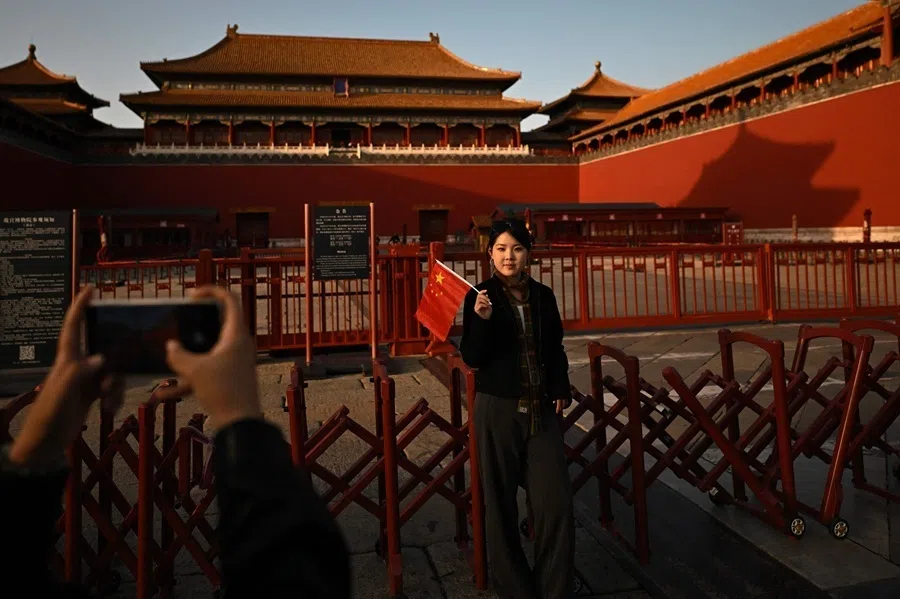Will China’s widening anti-corruption campaign be effective?
The downfall of Chinese senior officials in recent anti-corruption waves has resurfaced earlier questions about the effectiveness of China’s disciplinary agencies and campaigns. East Asian Institute deputy director Chen Gang analyses the difficulties of rooting out corruption under China’s system.
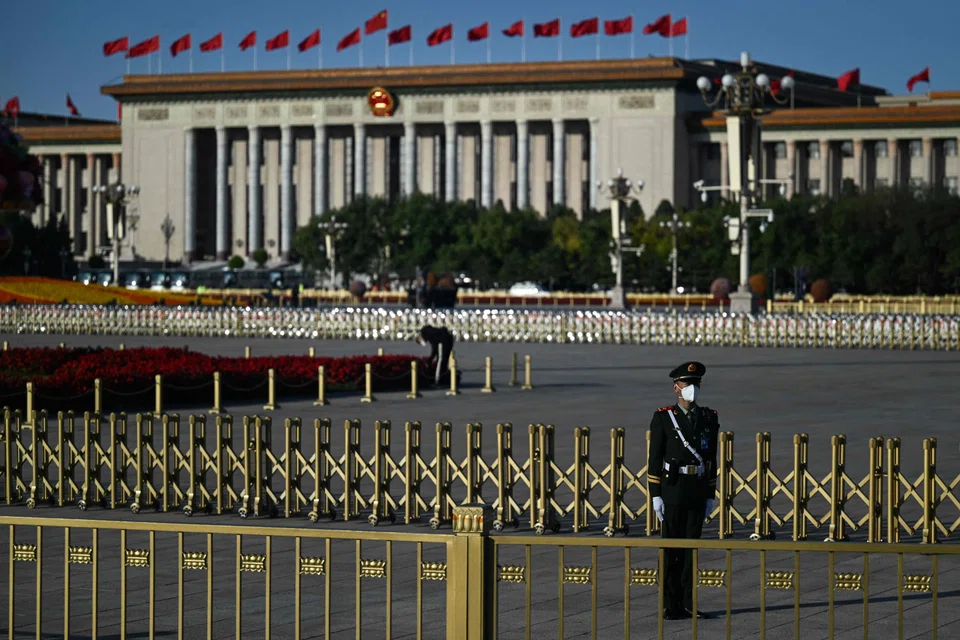
China’s anti-corruption campaign has gained significant momentum during President Xi Jinping’s third term (2023–2028). Despite declaring an “overwhelming victory” in the fight against corruption in December 2018, Xi has recently described corruption as the “biggest threat” to the ruling Chinese Communist Party (CCP). At a conference of the CCP’s Central Commission for Discipline Inspection (CCDI) in January 2025, he acknowledged that corruption is not only pervasive but also on the rise. This grim assessment suggests the end of the brief “overwhelming victory”, signalling the onset of a new wave of anti-corruption efforts that will likely ensnare an unprecedented number of CCP cadres.
A surge in the number of ‘tigers’
Chinese leaders have often launched anti-corruption campaigns as a means to consolidate power and court public favour. Xi’s campaign is no exception, but its scale and intensity surpass those of similar efforts by his predecessors, Jiang Zemin and Hu Jintao. Xi has adopted a populist tone, vowing to tackle both “tigers” (high-ranking officials) and “flies” (lowly bureaucrats) in his fight against rampant official corruption and extravagance.

During his first two terms, the number of “tigers” peaked in 2018, when the “overwhelming victory” was declared. Following that announcement, public attention shifted toward other issues, such as the zero-Covid policy and geopolitical tensions. After Xi called the anti-corruption campaign the CCP’s most thorough “self-revolution” (自我革命 ziwo geming) at the 20th Party Congress in 2022, the number of “tigers” surged again, reaching a new high in recent months.
According to CCDI statistics, a record 58 senior officials from the central authorities’ nomenclature list were probed in 2024. Of those investigated, 47 were at the vice-ministerial level or higher, including former agriculture minister Tang Renjian, former justice minister Tang Yijun, and former Tibetan party secretary Wu Yingjie.
The purge has now spread to the Eastern Theater Command (ETC), which oversees Taiwan and the East China Sea and would likely be responsible for a Taiwan-related campaign.
Cleansing the military
The anti-corruption and political purges within the senior ranks of the People’s Liberation Army (PLA) and military industries have also intensified in 2023 and 2024. Following the removal of at least 15 high-ranking military officers and defence industry executives in the second half of 2023 — among them, Defence Minister Li Shangfu — the scope of investigations expanded beyond equipment development sectors to include political work departments and the PLA Navy (PLAN), Air Force (PLAAF), and the former Strategic Support Force (SSF), which was dissolved in April 2024.
The purge has now spread to the Eastern Theater Command (ETC), which oversees Taiwan and the East China Sea and would likely be responsible for a Taiwan-related campaign. In November 2024, Admiral Miao Hua, whose career was primarily focused on the ETC, was suspended from his duties on the Central Military Commission (CMC) for disciplinary violations.
... eradicating corruption is an impossible task within an opaque authoritarian system that lacks an independent judiciary or sufficient media oversight.
Why a decade-long campaign cannot eradicate corruption
The downfall of these senior officials has reignited questions — previously raised during past anti-corruption waves — about the effectiveness of China’s disciplinary agencies and campaigns. Corruption is a major threat to the image and legitimacy of Xi’s leadership, and he must prevent it from escalating into a larger issue to maintain public support. However, eradicating corruption is an impossible task within an opaque authoritarian system that lacks an independent judiciary or sufficient media oversight. Critics often question the fairness and transparency of the anti-corruption campaign itself.
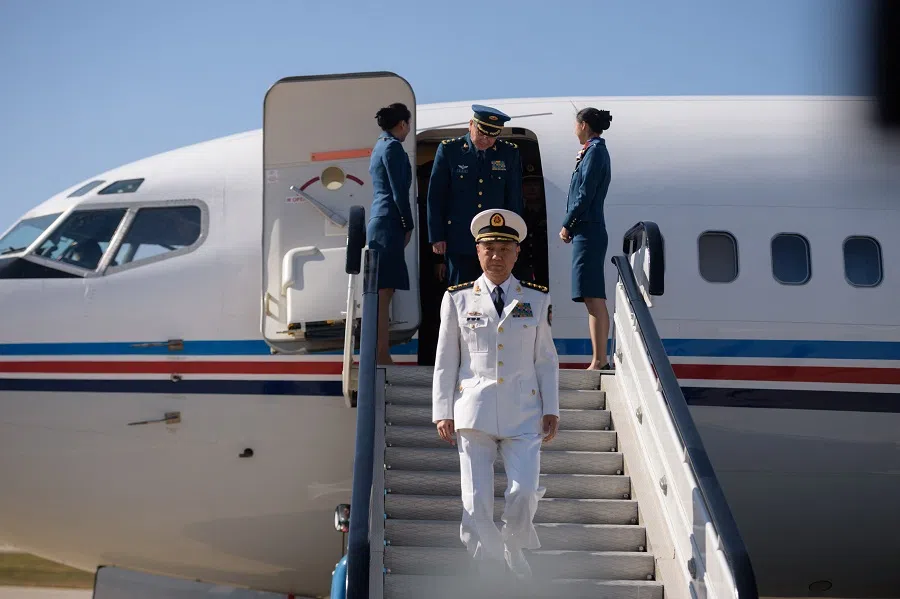
Some argue that the anti-corruption crackdown is more about consolidating political power than combating graft. By removing corrupt officials, Xi strengthens his control over the Party and eliminates potential rivals. Others suggest that military purges improve the PLA’s combat readiness in peacetime and align it more closely with national defence objectives.
In the absence of political opposition or institutionalised oversight from civil society, the ruling CPC has to rely on repetitive “party-building” processes and internal supervisory mechanisms to address graft among its cadres. The system of discipline inspection, introduced from Russia during the founding of the CCP, must continuously adapt to the complex Party-state and state-market relations of China’s reform era. Under the one-party system, it is the CCDI and its local branches, rather than the procuratorate or police, that initiate investigations and detain Party cadres. However, disciplinary inspectors often face difficulties in overseeing misconduct at their own level.
... the NSC [National Supervisory Commission] lacks full autonomy from the party’s CCDI [Central Commission for Discipline Inspection], as the two organisations share offices and operate as a single institution under different names.
Recognising the limits of the party’s disciplinary system, the Chinese leadership established the National Supervisory Commission (NSC) in 2018, aiming to curb corruption. According to the amended constitution, the NSC director reports to the National People’s Congress, not the CCP Central Committee. However, the NSC lacks full autonomy from the party’s CCDI, as the two organisations share offices and operate as a single institution under different names. The NSC’s director, Liu Jinguo, is also the deputy secretary of the CCDI and a member of the party’s secretariat, highlighting the continued dominance of the party over the state apparatus in tackling corruption.
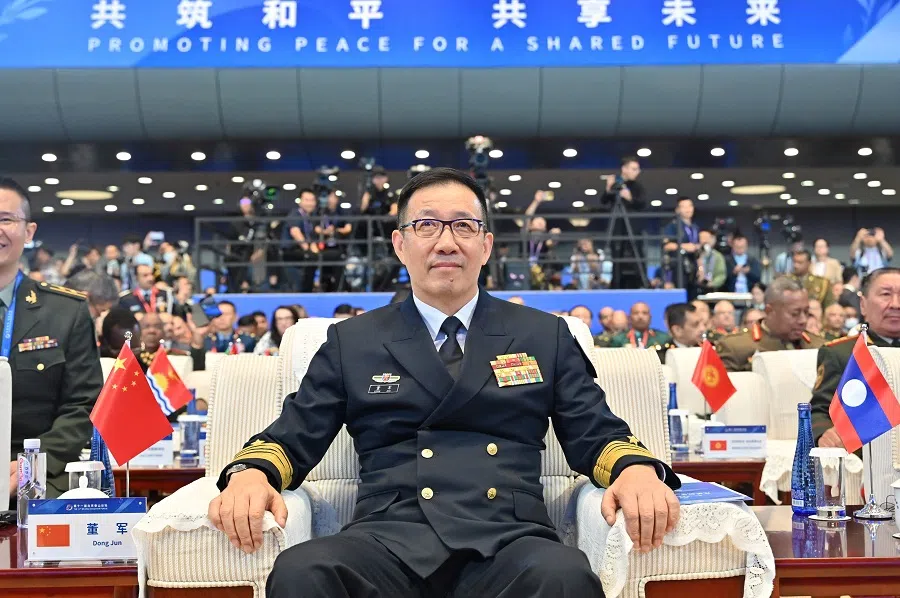
The challenges of supervision and accountability
In addition to the NSC, the leadership often dispatches inspection teams led by ministerial-level officials to monitor corruption-prone provinces, state-owned enterprises, and public service organisations. These teams conduct investigations based on public tip-offs, uncovering local corruption. Ironically, many members of these inspection teams have later been convicted of corruption themselves. Neither the NSC nor the inspection teams offer a lasting solution to the fundamental problem plaguing China’s anti-corruption efforts: the issue of who supervises the party’s own supervisors.
... a full-scale victory in the long term requires China to gradually institutionalise an independent judiciary system, with a stronger supervisory role for the media and public.
China has reportedly built more than 200 new prisons nationwide to house suspects ensnared by the expanding anti-corruption drive. While the latest wave of the anti-corruption campaign may yield short-term results, a full-scale victory in the long term requires China to gradually institutionalise an independent judiciary system, with a stronger supervisory role for the media and public. Merely capturing “tigers” is not enough to make the regime more accountable, transparent or responsive.
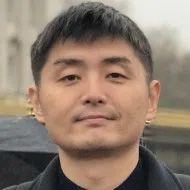

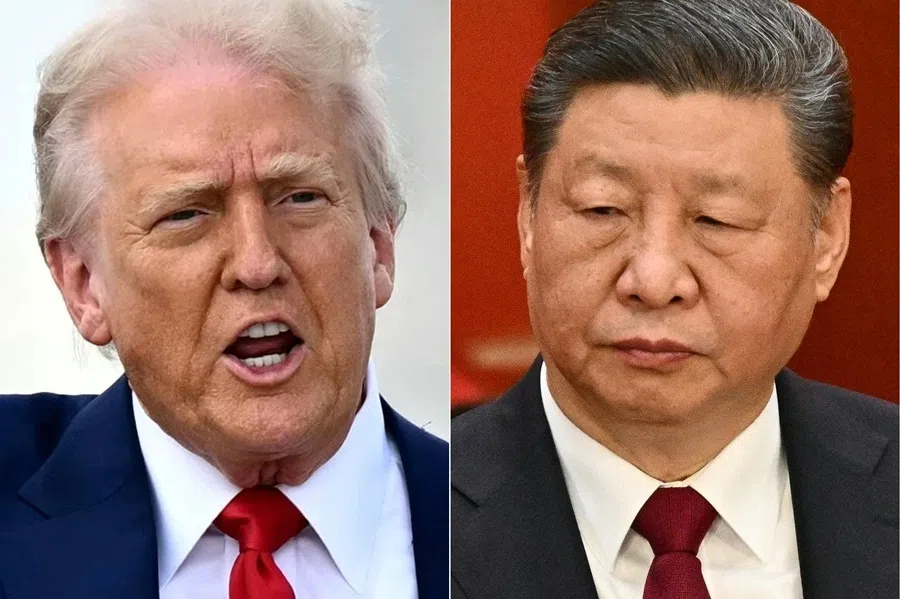
![[Big read] Prayers and packed bags: How China’s youth are navigating a jobless future](https://cassette.sphdigital.com.sg/image/thinkchina/16c6d4d5346edf02a0455054f2f7c9bf5e238af6a1cc83d5c052e875fe301fc7)
